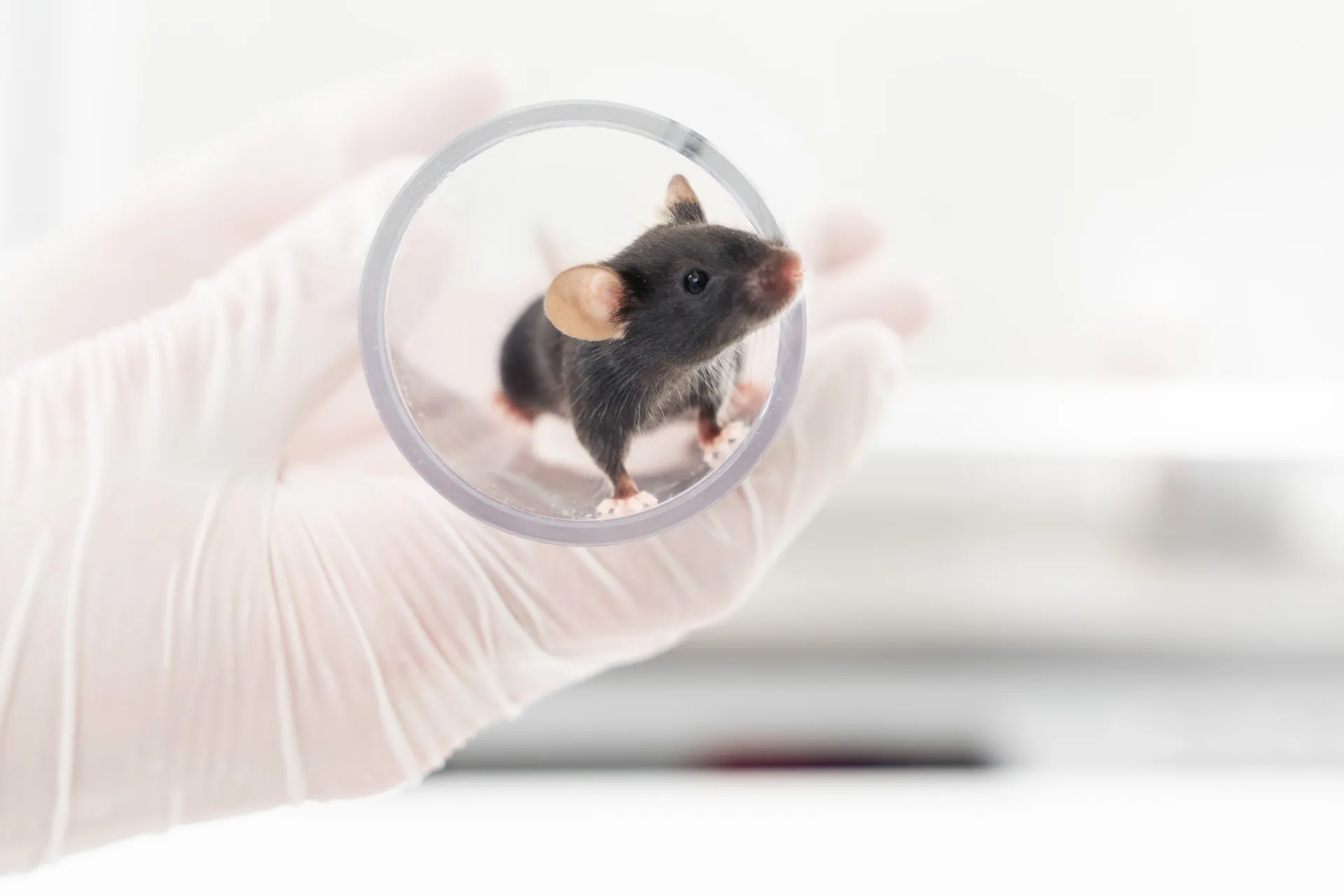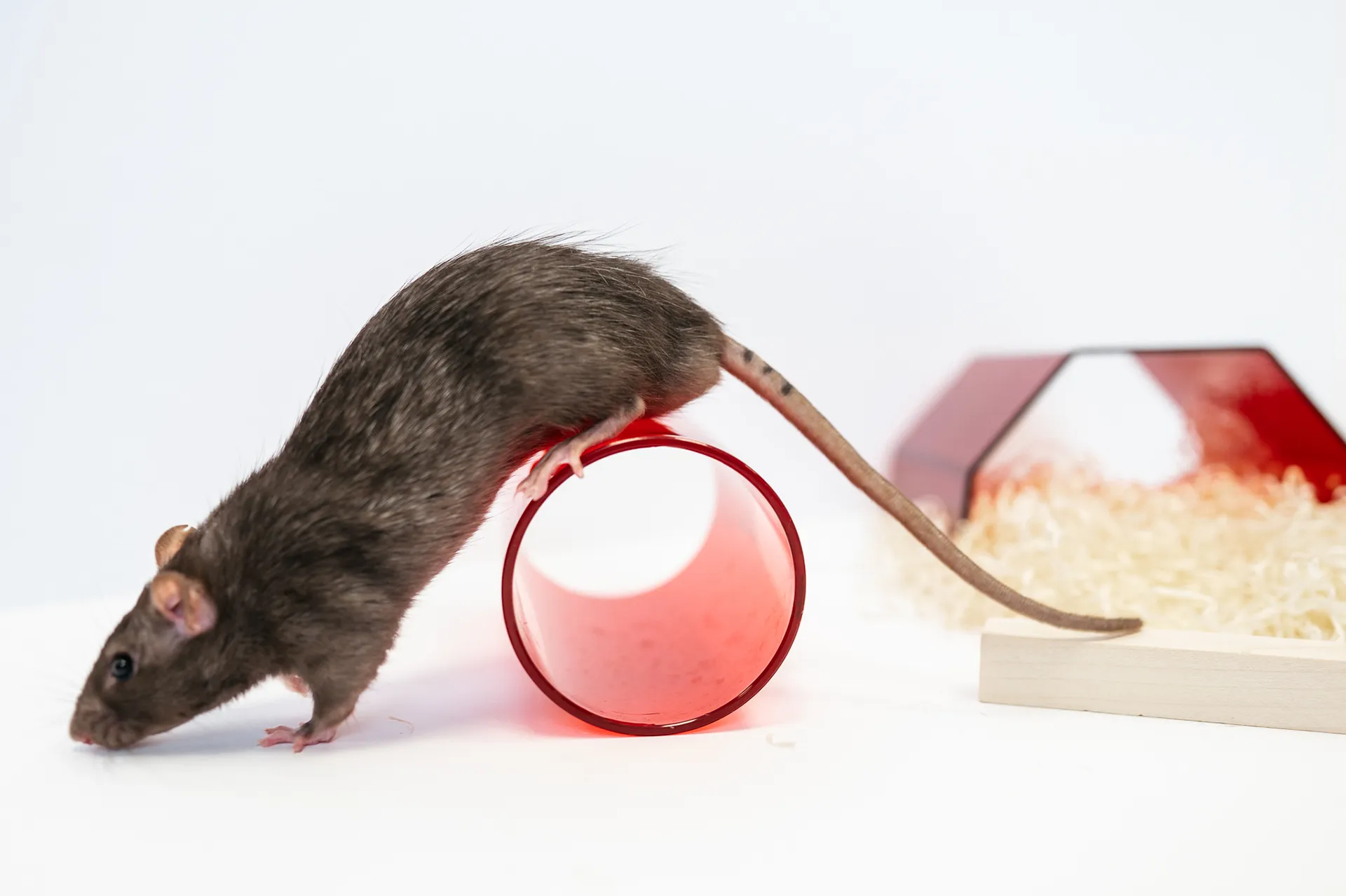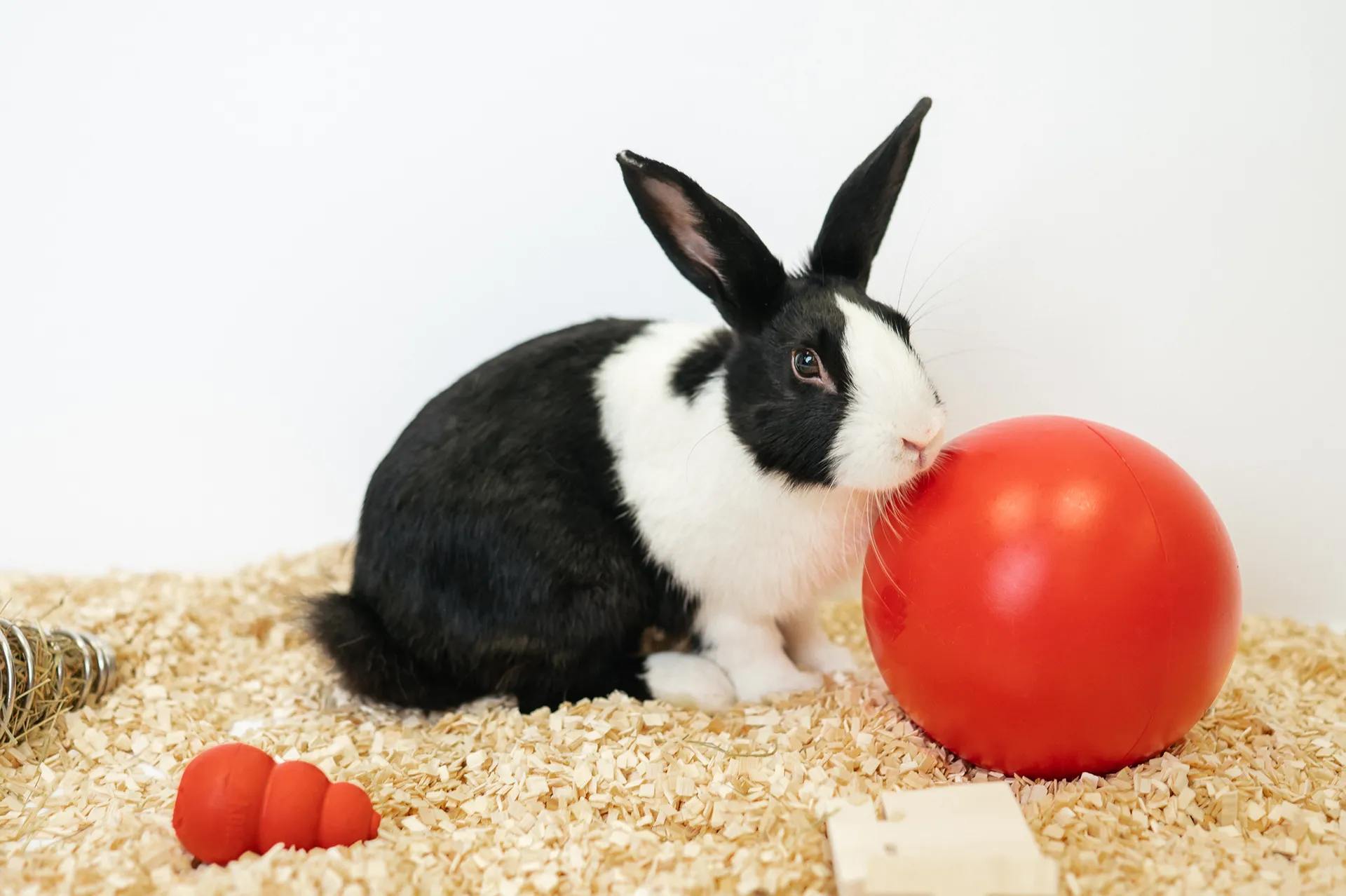Animal welfare
At Experimentica, animal welfare is an everyday commitment. Our highly professional research personnel contribute to animal welfare by fostering a Culture of Care, utilizing state-of-the-art equipment, methodologies, and analyses, while also enhancing our up-to-date, high-quality Continuing Professional Education and Training program. We believe that animal welfare is a societal responsibility, and that transparency is key to increasing awareness and respect for scientific research.
All experimental protocols involving the use of animals require prior authorization from the Project Authorization Board (Finland site) and from the Ethics Commission for the Use of Experimental Animals (Lithuania site). Procedures carried out on animals during projects are designed and performed by qualified and competent personnel. All animals are treated in accordance with the published guidelines set forth in the ARVO Statement for the Use of Animals in Ophthalmic and Visual Research and the EC Directive 2010/63/EU of the European Parliament and of the Council on the Protection of Animals Used for Scientific Purposes. Both facility sites are reviewed and audited at regular intervals by the authorities.
The 3R principles (Replacement, Reduction, Refinement), first introduced by WMS Russell and RL Burch in 1959 (The Principles of Humane Experimental Technique), are strictly followed in all our research areas – from in vitro into the in vivo field. Both facility sites have been granted AAALAC accreditation (Finland in 2024 and Lithuania in 2025) by AAALAC International, a private, nonprofit organization that promotes the humane treatment of animals in science. Experimentica continues to invest in and promote the ethical and humane use of animals in high-quality preclinical research.




